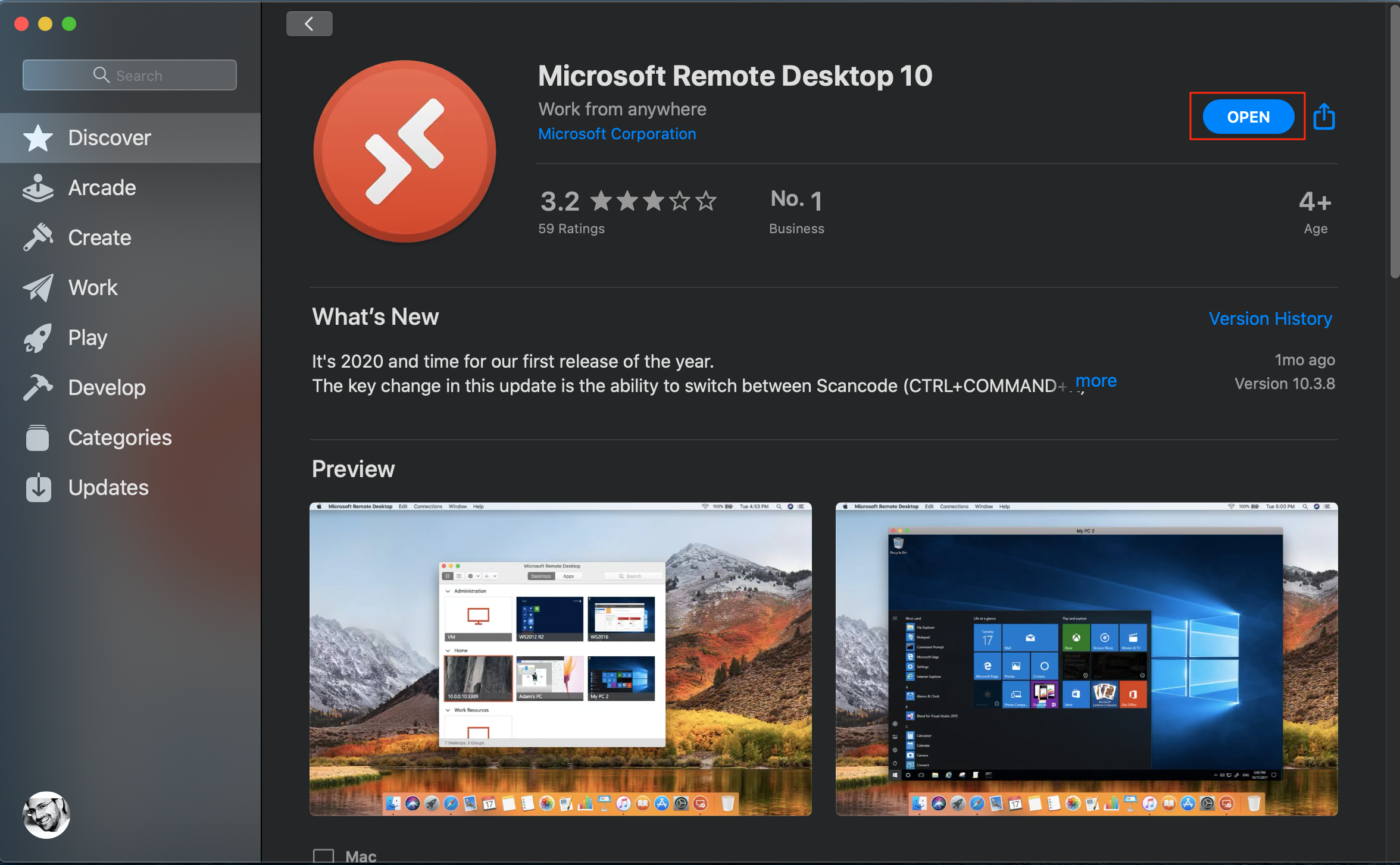


The quality of sound and video in a terminal server session is lousy and it consumes huge amount of bandwidth. I think that the bad multimedia support in RDP (and ICA) is one of the main reasons why many organizations didn’t deploy terminal services solutions. I will only discuss the most important ones: Multimedia Redirection ^ The Remote Desktop Protocol (RDP) will get quite a few new features. Since profiles won’t be stored on the virtual desktop, they will need more bandwidth if user-specific settings are needed. The main advantage of pooled VMs is that they – supposedly - require less storage capacity. However, it is possible to provide user-specific settings with roaming profiles. By contrast, all changes on pooled VMs will be deleted once the user logs off. Similar to a physical desktop, all changes will be permanent. With persistent or permanent VMs, each user will have a dedicated desktop. The connection broker will support two kinds of virtual desktops. Since VMM is also intended for managing virtualized servers it might not be the best choice for virtual desktop administration. My guess is that ISVs will offer management tools that will focus on VDI. The Remote Desktop Connection Broker will include “extensive” APIs which allow third party vendors to add management and scalability features.
Remote desktop server vdi windows#
The Windows Server Division Weblog wrote: “Together with Hyper-V and System Center Virtual Machine Manager, the Remote Desktop Connection Broker enables a VDI solution for low-complexity, departmental environments, and a platform for partners who are delivering rich, extensible solutions where heterogeneous client support is a prerequisite, and when enhanced management and scalability is a requirement.” APIs ^ However, it is not clear if one will require VMM in order to use VDI.

The article doesn’t mention it explicitly, but I think that VMM will also support VDI. System Center Virtual Machine Manager (VMM) ^


 0 kommentar(er)
0 kommentar(er)
